Tune-Up IV: Find and Replace the Fuel Filter
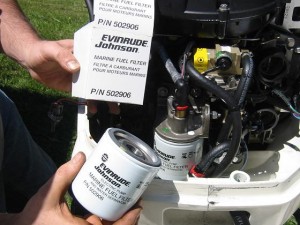 Today we present the fourth in our five-part series on annual outboard motor tune-ups. With any luck, this will have given you a better idea of how to go about conducting this yearly routine. As always, it’s critical to follow the maintenance guidelines provided by the outboard manufacturer above all else. Now, let’s move on to the fuel filter. This unit separates fuel from water, in effect allowing the motor to run smoothly and efficiently.
Today we present the fourth in our five-part series on annual outboard motor tune-ups. With any luck, this will have given you a better idea of how to go about conducting this yearly routine. As always, it’s critical to follow the maintenance guidelines provided by the outboard manufacturer above all else. Now, let’s move on to the fuel filter. This unit separates fuel from water, in effect allowing the motor to run smoothly and efficiently.
It only stands to reason that before you can replace the filter, you must find it. Not all outboard motors are alike, but generally speaking you’ll find the fuel filter inside the cover at the engine end of the fuel pump. Any water or sediment you find built up within should be removed, then replace the filter with a new one. Next it’s time to turn our attention to the cowling on the engine.
Believe it or not, a thin coat of car wax on the cowling can help keep rust at bay and restore luster. Begin mixing fuel for your 2-stroke outboard according to the proportions recommended in your outboard manual. After combining fresh boat motor oil with fuel, you’re at last ready to drop that engine in the water. Mount it and set it up on the transom without much trimming.


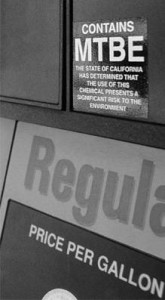 Several decades ago, when Congress granted the Environmental Protection Agency increased powers to regulate America’s air and water pollution, outboard motor manufacturers were forced to take notice. Inefficient 2-stroke engines had been the norm up to that point, and it was agreed that the outboard companies would either have to drop 2-strokes from their product lines entirely or find a way to make them more eco-friendly.
Several decades ago, when Congress granted the Environmental Protection Agency increased powers to regulate America’s air and water pollution, outboard motor manufacturers were forced to take notice. Inefficient 2-stroke engines had been the norm up to that point, and it was agreed that the outboard companies would either have to drop 2-strokes from their product lines entirely or find a way to make them more eco-friendly.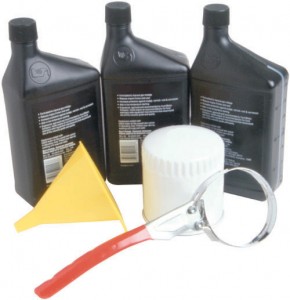 With a vast array of products available for your boat and WaveRunner, it can be difficult to decide what products are right for you. If you are unfamiliar with purchasing oil and other products, stick with manufacturer and name brands until you are more familiar with product specifications. Products, such as
With a vast array of products available for your boat and WaveRunner, it can be difficult to decide what products are right for you. If you are unfamiliar with purchasing oil and other products, stick with manufacturer and name brands until you are more familiar with product specifications. Products, such as 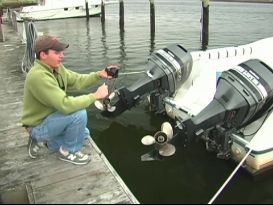 Yesterday’s post about fuel flow meters got me thinking about other simple ways for boaters to save money in this uncertain economic client. If you can’t afford upgrade your boat’s meter and instrument panel at this time, there’s no need to despair. With a bit of discipline and ingenuity, you can help ensure that your marine vessel will never let you down in a pinch.
Yesterday’s post about fuel flow meters got me thinking about other simple ways for boaters to save money in this uncertain economic client. If you can’t afford upgrade your boat’s meter and instrument panel at this time, there’s no need to despair. With a bit of discipline and ingenuity, you can help ensure that your marine vessel will never let you down in a pinch.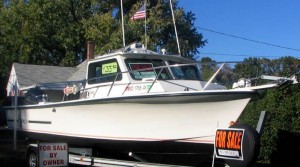
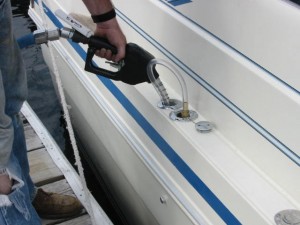
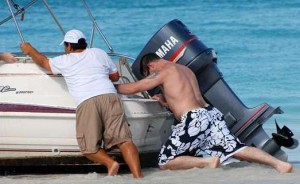
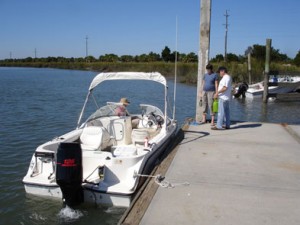
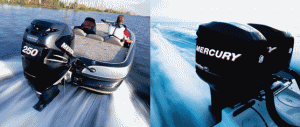
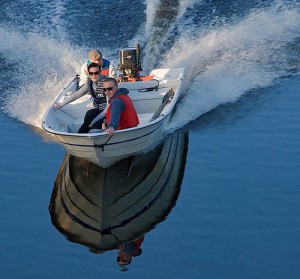
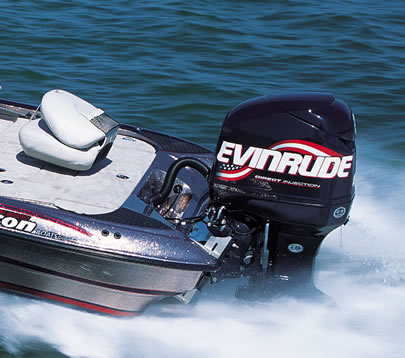
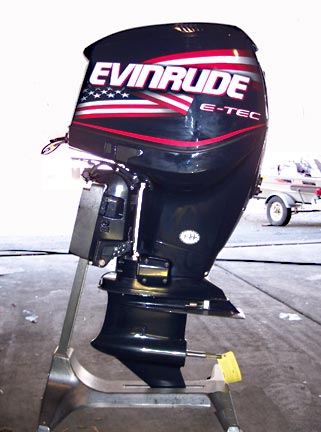 Just a decade ago, the face of the small boating industry was dramatically different. Environmentally conscious boaters were disenchanted with the two-stroke engines of the era – inefficiency and a propensity to pollute had placed them firmly behind their four-stroke counterparts. If that weren’t already enough to signal the two-stroke’s demise, the Environmental Protection Agency set rigorous pollution standards for snowmobiles, personal water craft and other recreational vehicles that utilized two-stroke motors.
Just a decade ago, the face of the small boating industry was dramatically different. Environmentally conscious boaters were disenchanted with the two-stroke engines of the era – inefficiency and a propensity to pollute had placed them firmly behind their four-stroke counterparts. If that weren’t already enough to signal the two-stroke’s demise, the Environmental Protection Agency set rigorous pollution standards for snowmobiles, personal water craft and other recreational vehicles that utilized two-stroke motors.